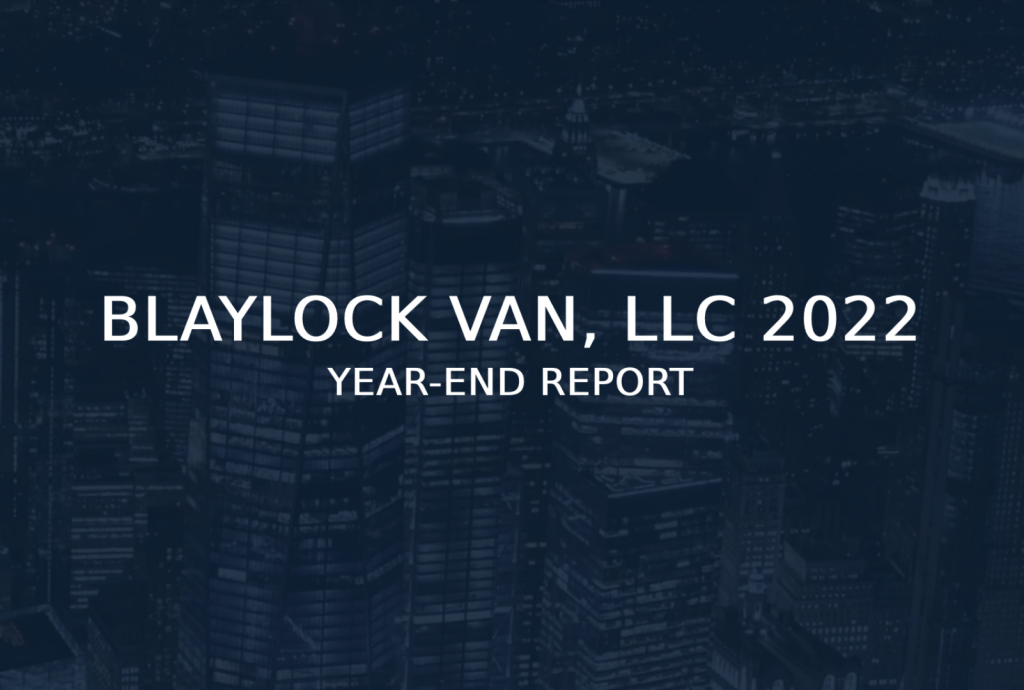It is common knowledge that the United States is currently more diverse than ever before. Just take a walk through any major city in the country – you will certainly see a mixture of all races, genders, ethnicities, and ages coexisting in peace. However, many businesses still neglect the idea that diversity and inclusion are essential to attracting and retaining top talent.
Several statistics exist highlighting exactly why procuring a racially diverse workforce is essential within the modern workplace. Consequently, upper-level management cannot ignore this initiative any longer. In this blog, I will highlight exactly why a strong need for procurement and a racially diverse employee selection method is necessary for firms in today’s corporate landscape.
80% of people valued workplace diversity
Surveys completed on cultural diversity in the workplace strongly conclude that diversity is incredibly important to those in today’s workforce. Up to 80% of people value diversity and agree that it leads to more ideas and increases innovation for all.1 With the millennial and Gen Z generations being made up of nearly 50% minorities, these individuals understand what it is like to learn and socialize with diverse groups from adolescence all the way into early adulthood.2 As such, it is important for them to see this diverse representation within their workplace as well.
Minorities made up 37% of the workforce in 2020
In 1980, working age minorities made up 18% of the workforce. By 2020, minorities of working age made up more than a third of the current workforce.3 It is no secret that there are now more qualified minority candidates than ever before. With all the noted benefits of diversity and inclusion in the workplace, modern firms have no excuses when it comes to implementing these initiatives company wide. Those ignoring the trends will continue to be left behind as current generations grow older.
67% of candidates seek out diverse companies
Now more than ever, diversity and inclusion are something job seekers look for when comparing two otherwise similar organizations. Compensation and benefits are not the only factors these candidates look for when choosing between job offers – it is important that they know their opinions will be valued and they will have an equal shot at promotions when that time comes. Additionally, a staggering number of American workers report mistreatment in the workplace. Beyond changing national demographics, these workers also seek diverse and inclusive work environments due to the fact 45% of them have experienced discrimination and/or harassment in the past year. 4
57% of employees want their employers to improve diversity
In line with the last statistic, employees are keeping a keen eye on how their employers are handling diversity and inclusion initiatives within the workplace. In a recent survey done on workplace culture, over 57% of employees stated they wanted their employers to improve diversity within their company.4 These workers do not believe their employers are doing enough to attract the top, diverse talent that clearly exists in today’s market. Specifically, employees want to see their firms take the lead and improve racial diversity within the workplace. One study of 1,500 employees found that nearly half of them believed their employers were not doing their fair share in increasing diversity of gender, race, and ethnicity across the organization.4
78% of people believe diversity and inclusion offers a competitive advantage
From a strategic perspective, many believe diversity and inclusion offers companies competitive benefits as well. 78% of people believe these initiatives offer companies a competitive advantage compared to their rivals who ignore it.5 Within the same study, 2 out of 5 respondents believed that diversity and inclusion offers a significant competitive advantage.5
Companies with “two-dimensional” diversity are 45% more likely to capture additional market share
Capturing additional market share leads to increased sales and revenue and can create leverage in several contract negotiation situations. According to the Harvard Business Review, companies that exhibit two-dimensional diversity are 45% more likely to report they have captured a larger portion of the market.5 Furthermore, these brands are also 70% more likely to have entered a new market in the past 12 months.5
Diversity and inclusion are hot topics in our changing corporate landscape, especially as it pertains to racial equity. For managers, diversity should not simply be a ‘trend’, but an initiative they implement and allow to pervade all aspects of internal corporate culture. As mentioned above, job seekers are actively searching for companies that not only speak upon issues of inclusion in the workplace but take steps towards ensuring these ideas come to life. Attracting and retaining top talent in this generation is only possible if racial diversity exists and is celebrated within corporate work spaces.
 Mr. Hough currently serves in a dual capacity with Blaylock Van as the Chief Operating Officer (COO) and a member of the Public Finance Team. Prior to rejoining Blaylock Van, Mr. Hough was CCO at IFS Securities and is the Founding Member of Taurus Compliance Consulting, LLC. Mr. Hough has also served as CEO of Jumpstart Securities (formerly FundAmerica Securities) as well as President and CEO of Capital & Credit International, Inc. Mr. Hough began his career at FINRA’s District 7 office.
Mr. Hough currently serves in a dual capacity with Blaylock Van as the Chief Operating Officer (COO) and a member of the Public Finance Team. Prior to rejoining Blaylock Van, Mr. Hough was CCO at IFS Securities and is the Founding Member of Taurus Compliance Consulting, LLC. Mr. Hough has also served as CEO of Jumpstart Securities (formerly FundAmerica Securities) as well as President and CEO of Capital & Credit International, Inc. Mr. Hough began his career at FINRA’s District 7 office.**Disclaimer**
This article was prepared exclusively for Blaylock Van, LLC. Links are solely intended for convenience and are not intended to be advertisement whatsoever. Linked sites are not under the control of Blaylock Van, LLC and Blaylock Van, LLC is not responsible for the content of any linked site or any link contained in this article. Blaylock Van, LLC does not endorse companies, or their products or services, to which it links. If you decide to access any of the third-party sites linked to this site or article, you do this entirely at your own risk. This document is confidential and has been prepared for informational purposes only. This document is not to be construed as a recommendation, an offer to sell or a solicitation of an offer to buy any securities. Any dissemination, distribution or reproduction of this document is strictly prohibited without the consent of Blaylock Van, LLC. The information herein is obtained from sources deemed reliable, but its accuracy and completeness cannot be guaranteed, and is subject to change without notice.
_______
Bibliography
1 Jitinder Kohli, John Gans, and James Hairston, “A Better, More Diverse Senior Executive Service in 2050” (Washington: Center for American Progress, 2011).
2 Census Bureau QuickFacts. 2021. U.S. Census Bureau QuickFacts: United States. [online] Available at: <https://www.census.gov/quickfacts/fact/table/US/PST045219>
3 Petersen, B., 2016. The state of US workplace diversity in 14 statistics | ArchPoint Consulting. [online] ArchPoint Consulting. Available at: <https://archpointgroup.com/the-state-of-us-workplace-diversity-in-14-statistics/>
4 “What Job Seekers Really Think About Your Diversity and Inclusion Stats.” Glassdoor.com, November 14, 2014. https://www.glassdoor.com/employers/blog/diversity/?nabe=6392912005562368:1.
5 Harvard Business Review. 2013. How Diversity Can Drive Innovation. [online] Available at: <https://hbr.org/2013/12/how-diversity-can-drive-innovation>




